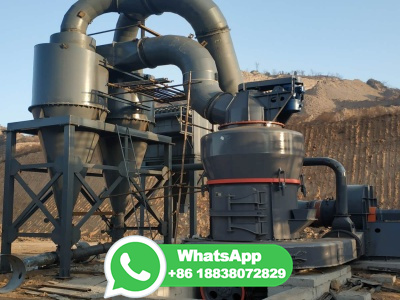Evaluation of Ionic Contribution to the Toxicity of a CoalMine ...
WEBJul 6, 2005 · In addition to neutralizing acidity, coalmining and processing facilities are required to reduce concentrations of Fe and Mn to and mg/L (maximum average daily values), respectively ... ArticleTitle Field and laboratory assessment of a coalprocessing effluent in the Leading Creek Watershed, ...

























